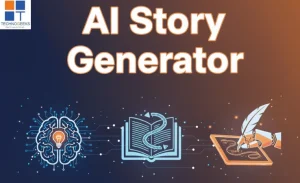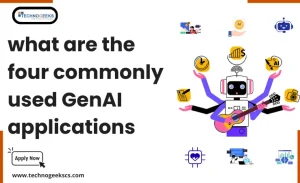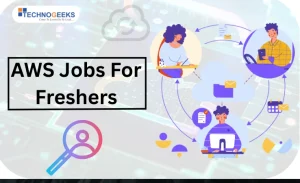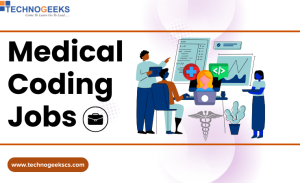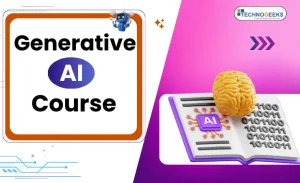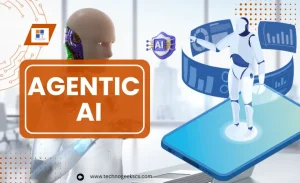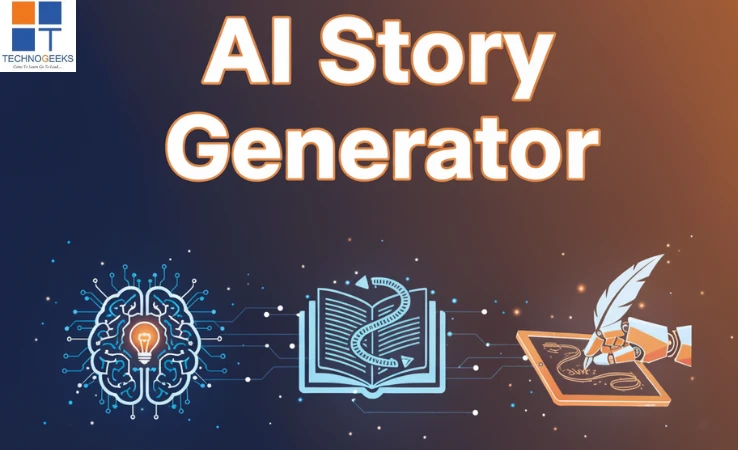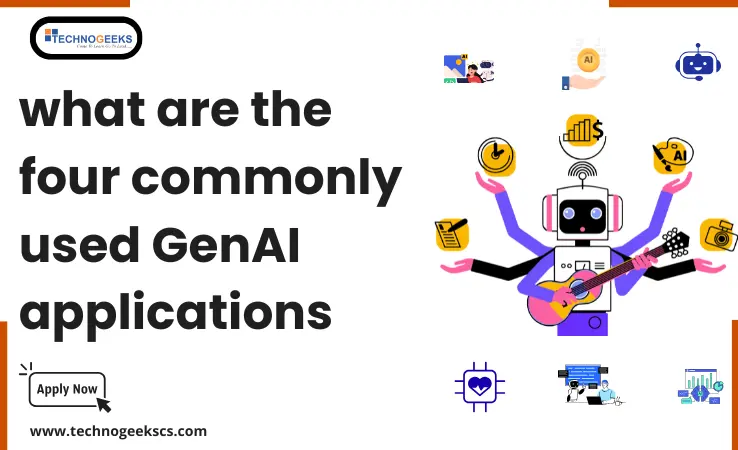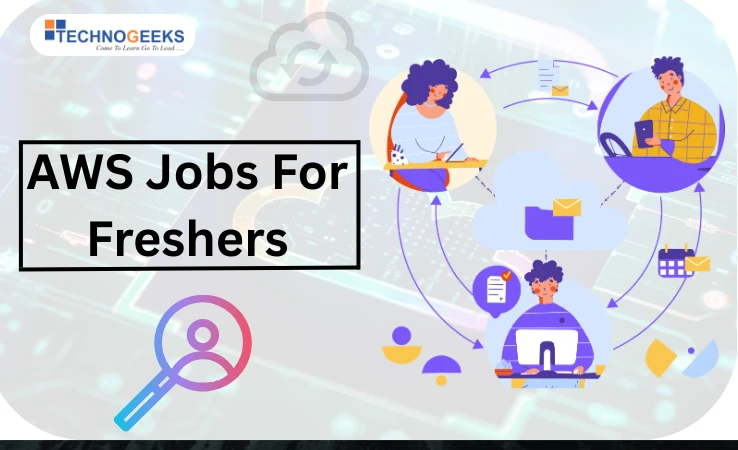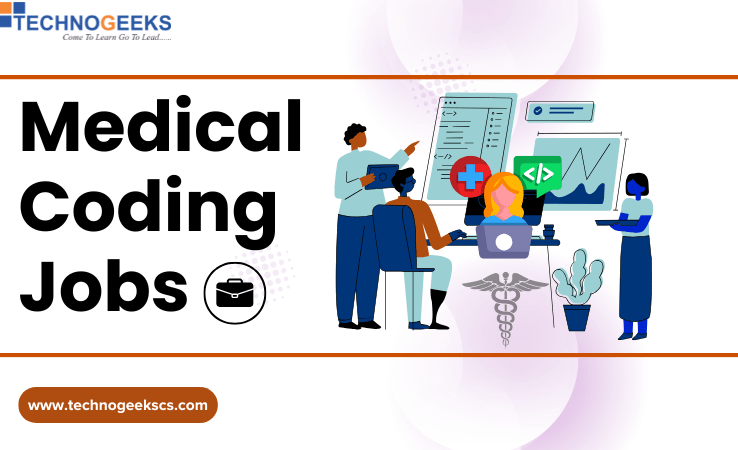Table of Contents
TogglePython RoadMap
As we all know, Python is the most demanding Programming Language in the IT industry because of its versatility, which means we can use it in different fields.
For Example – Web development, there are frameworks like Django and Flask that make building websites and web applications easier.
For data science, libraries like Pandas and NumPy, which are mainly used for data manipulation and analysis. This versatility makes Python developers valuable in the current market because they can work on different types of company projects.
Additionally, as per the TIOBE Index, Python Programming is ranked in 1st Position From 2023 to 2024. So it’s very clear that learning Python is a smart choice for anyone starting or growing their career in the IT industry.
So this is the reason we came up with the more interesting topic, “Python Roadmap.” This blog will explain how to start learning Python in a step-by-step process. I hope this blog helps you on your journey to becoming a professional Python developer.
Enroll now and take the first step towards a successful career. Click here to join our Programming Courses today!
Python Roadmap for Beginners in 2024 – 7 Easy Steps
Step 1 – Installing Python on your Computer / Laptop
Before learning Python, let’s first learn the language. You can install Python from pip. It is the most widely used package manager for Python. It comes included with most Python installations by default and allows you to install libraries from the Python Package Index (PyPI), the official repository for Python software.
As technology advances, installation processes become easier. Google offers a Python tool named “Google Colab.” Using this tool, you do not need to install Python or any other software on your local machine.
Colab runs on Google’s servers with Python and many popular libraries pre-installed, so you don’t need to set up your local machine. Additionally Google Colab offers free access to computing resources, including GPUs & TPUs.
With Google Colab, you can write and run Python code directly in your web browser. No setup or installations are needed; you only need to log in to “Google Colab” with your Gmail ID. Using Google Colab is not a lengthy process and takes only a few minutes to get started.
Also Read – Understanding the Identity Operator in Python
Step 2 – Learn Basics of Python
After installation process let’s start learning basics of Python –
Basic Syntax Of Python
| Basic Syntax | Example | |
| Comments | # for single line | # This is a comment |
| Printing | print() | print(“Hello, World!”) |
| Variables | variable_name = value | x = 5 name = “John” |
| Data Types | int, float, str, bool, list, tuple, dict, set | x = 10 y = 3.14 name = “Alice” |
| Arithmetic Operators | +, -, *, /, %, **, // | sum = 5 + 3 power = 2 ** 3 |
| Comparison Operators | ==, !=, >, <, >=, <= | is_equal = (5 == 3) is_greater = (5 > 3) |
| Logical Operators | and, or, not | x = True y = False result = x and y |
| If-Else Statement | if condition: elif condition: else: | if age >= 18: print(“Adult”) else: print(“Minor”) |
| For Loop | for item in iterable: | for i in range(5): print(i) |
| While Loop | while condition: | count = 0 while count < 5: print(count) |
| Function Definition | def function_name(parameters): | def greet(name): return f”Hello, {name}!” |
| List | [] for list <br> list.append(item) | fruits = [“apple”, “banana”] fruits.append(“cherry”) |
| Tuple | () for tuple | coordinates = (10, 20) |
| Dictionary | {} for dictionary | person = {“name”: “John”, “age”: 30} |
| Set | {} for set | colors = {“red”, “green”, “blue”} |
| Importing Modules | import module_name | import math print(math.sqrt(16)) |
| File Reading | with open(‘file.txt’, ‘r’) as file: | with open(‘example.txt’, ‘r’) as file: content = file.read() |
| File Writing | with open(‘file.txt’, ‘w’) as file: | with open(‘example.txt’, ‘w’) as file: file.write(“Hello”) |
| Try-Except Block | try: <br> except Exception: | try: result = 10 / 0 except ZeroDivisionError: print(“Error!”) |
| Class Definition | class ClassName: <br> def __init__(self, parameters): <br> def method(self): | class Dog: def __init__(self, name): <self.name = name def bark(self): return f”{self.name} says woof!” |
Also Read – Difference between list and dictionary in Python?
Step 3 – Data Structure and Algorithms
Learning data structures and algorithms in Python is important because it increases your logic-building ability, which is a crucial skill for coding. It also helps you to find solutions to errors because you understand problem-solving techniques.
Most importantly, if you start learning advanced concepts like machine learning, data science, and software development, it makes it much easier for you to understand these concepts.
So you may have a question: how and where do I start learning data structures and algorithms?
Let’s start with some simple data structures:
| Data Structures | Operations to Learn |
| Arrays | Insert, Delete, Search, Traversal |
| Linked Lists | Insert, Delete, Search, Traversal |
| Strings | Insert, Delete, Search, Traversal |
| Stacks | Push, Pop, Peek, IsEmpty |
| Queues | Enqueue, Dequeue, Peek, IsEmpty |
Now let’s start with some simple algorithms:
| Algorithm Category | Algorithms |
| Sorting |
|
| Searching |
|
| Graph Algorithms |
|
| Tree Traversal |
|
Also Read – Linear Search in Python
Step 4 – Advanced Concepts
In this step, we’ll cover advanced Python concepts. These are important for both learning and interview preparation, so practice them thoroughly.
File Handling –
- Learn to ‘read()’ from and ‘write()’ to files using Python.
- Understand how to open files in different modes such as – read() , write() and append().
- how to use context managers ‘with open’ to handle files safely and efficiently.
Error Handling –
- Learn Exception Handling in Python.
- Learn to use try, except, and finally blocks to catch and handle exceptions.
Modules and Packages –
- Learn to organize your code using modules and packages.
- Understand how to import built-in modules to use standard Python functionalities.
- how to create and import custom modules to keep your code modular and maintainable.
Step 5 – Object-Oriented Programming (OOP)
Object-Oriented Programming is an important and somewhat difficult concept in programming, but with consistent practice, nothing is impossible.
In Object-Oriented Programming, you need to understand both the theory and practical of concepts like:
- Class and Objects
- Inheritance
- Method Overriding
- Encapsulation
- Polymorphism
Step 6: Working with Libraries
There are various types of Python Libraries such as –
- NumPy: For numerical computing.
- Pandas: For data analysis and manipulation.
- Matplotlib and Seaborn: For data visualization.
- Seaborn : For data and schema visualization
- Scikit-learn: For machine learning.
- TensorFlow and PyTorch: For deep learning.
- Django: For web development.
- Flask: For smaller web projects.
Step 7: Hands-on Projects
First work on Basic Projects like –
- Calculator
- To-do List
- Guessing Game
- Simple Text-based Adventure Game
- Weather App
- Alarm Clock
- BMI Calculator
- Currency Converter
- Simple Chatbot
- Quiz App
Work on intermediate Projects like –
- Web Scraper
- Data Analysis Tool
- Simple Web App
- Stock Market Analysis
- Social Media Analytics
- Sentiment Analysis
- Image Recognition
- Natural Language Processing (NLP) Tool
- Recommendation System
Also Read : Calculator Program In Python
Conclusion –
- Python Programming is the most popular and top most choices programmers in 2024 and continue to do so in future as well.
- The “Python Roadmap” guides beginners from basic syntax to advanced topics.
- Important concepts in Python Programming include data structures, algorithms, and object-oriented programming.
- Learning Python libraries also makes things easier by giving programmers more tools to use.
- Practice on real time projects are important for getting a job easily in this competitive market and learning by doing.
If you are interested in learning Python Programming from industry professionals?
Contact Us for more information.




